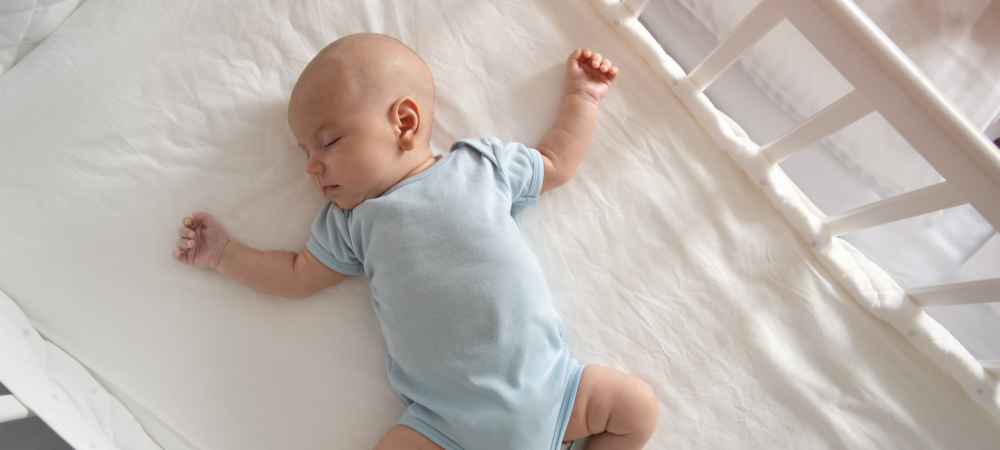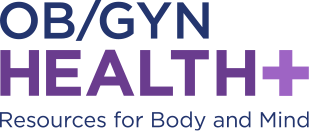
Sudden infant death syndrome, or SIDS, is the sudden, unexplained death of a baby under the age of 1. It’s part of a larger group of sleep-related conditions known as sudden unexpected infant death (SUID). While the complete cause of SIDS is unknown, there are many things you can do as a new parent to protect your baby.
According to the National Institute of Child Health and Human Development, the rate of SIDS deaths has consistently gone down over the past 25 years. This is likely due to an increased awareness of safe sleep and the steps parents can take to reduce their baby’s risk.
When going to sleep, place your baby on his or her back
For babies 12 months or younger, it’s best to lay them on their backs for sleep and naps. HealthyChildern.org says that babies who sleep on their backs are much less likely to die of SIDS than those who sleep on their side or tummy.
Once your baby begins to roll, sit, and pull up, he or she may change to another position while sleeping. When babies reach these milestones, you don’t need to switch them. However, always put your baby on his or her back to start.
Pick a firm, flat sleep surface
Many babies start out in a bassinet or portable crib and then move to a full-size crib later. Whatever sleep surface you choose, make sure it’s flat and firm. And use a tight-fitting sheet. The March of Dimes says to look for a crib or bassinet that meets the Consumer Product Safety Commission (CPSC) safety standards. Never leave your baby sleeping on a soft couch, chair, or mattress. If your baby falls asleep in a car seat, take your baby out and place him or her in bed.
Keep loose bedding, toys, and positioners out of the bed
Loose bedding, bumper pads, soft toys, and blankets should stay out of your baby’s crib. These increase the risk of suffocation or entrapment while sleeping. If you’re worried about keeping your baby secure or warm, many parents find swaddling during the first couple of months or wearable sleep sacks are safe choices.
It’s also best to avoid additions to your baby’s crib like sleep positioners. The FDA says products like nests or anti-roll positioners aren’t safe. They can prevent your baby from being able to breathe and risk suffocation.
Avoid exposing your baby to smoke, before and after birth
If you smoke during pregnancy, it can increase your baby’s risk of SIDS. There’s also evidence that exposure to secondhand smoke after birth increases his or her risk too. So ask friends and family to avoid smoking around your baby. The CDC says the chemicals in smoke may affect your baby’s brain and get in the way of his or her ability to regulate breathing.
Considering room sharing
The most recent recommendations from the American Academy of Pediatrics say infants should sleep in the same room as parents but on a separate sleeping surface. This is recommended for at least the first 6 months. According to the organization, it can reduce your baby’s risk of SIDS by as much as 50%.
More help for safe sleep
In addition to these five preventive measures, there are several other ways you can help keep your baby safe when sleeping. The National Institute of Child Health and Human Development provides an interactive website where you can learn even more about creating a safe environment for your baby.
If you have more questions about your newborn and safety, be sure to talk to your care team in the hospital or your doctor once your baby goes home. They can give you numerous tips and resources for a safe and healthy first year.
